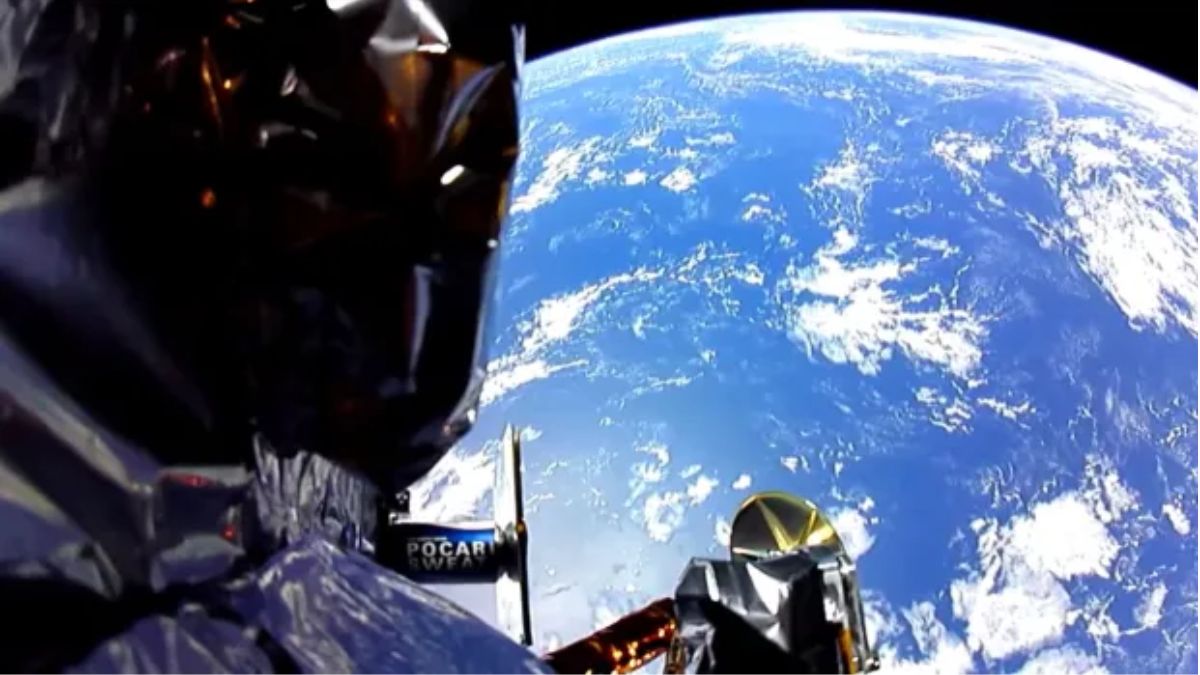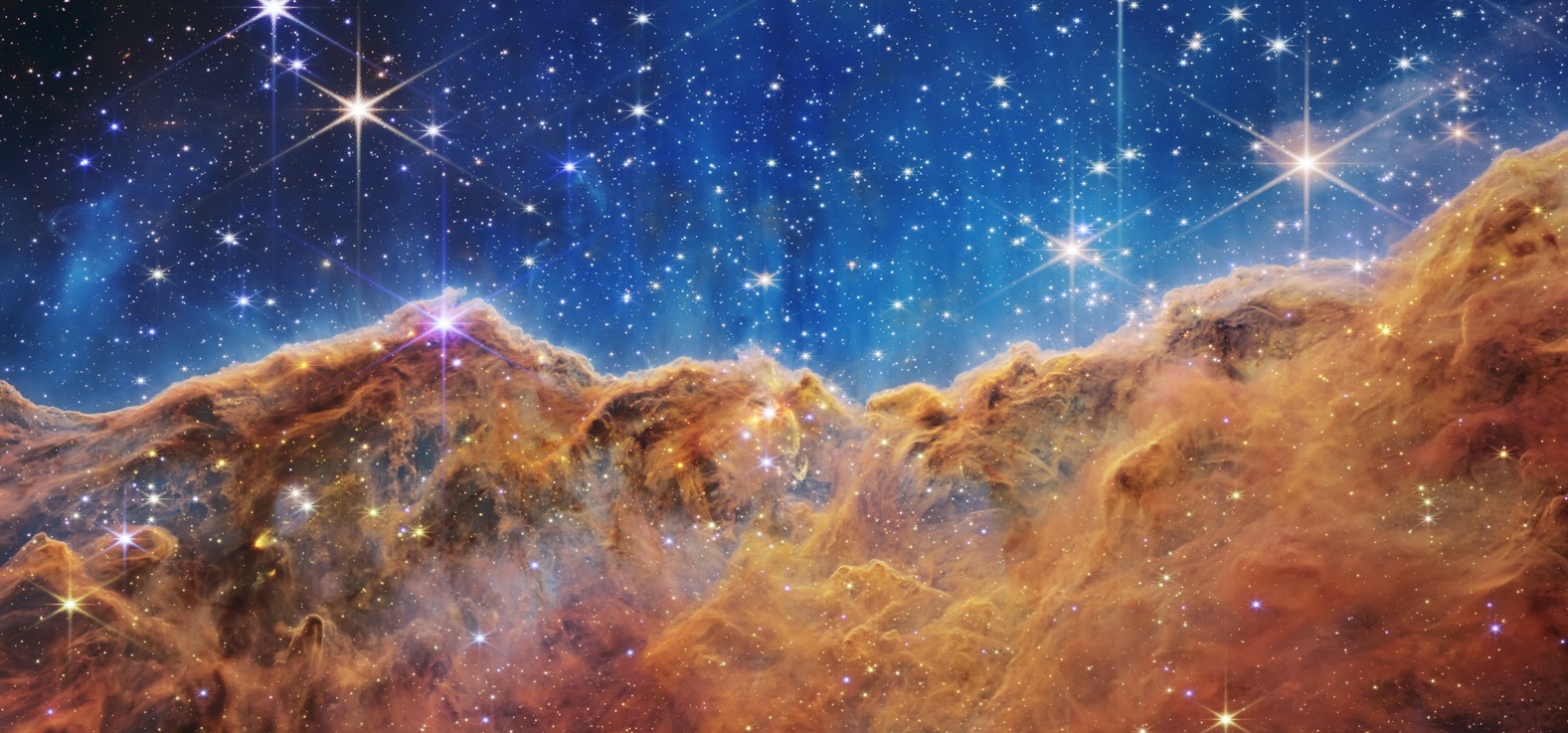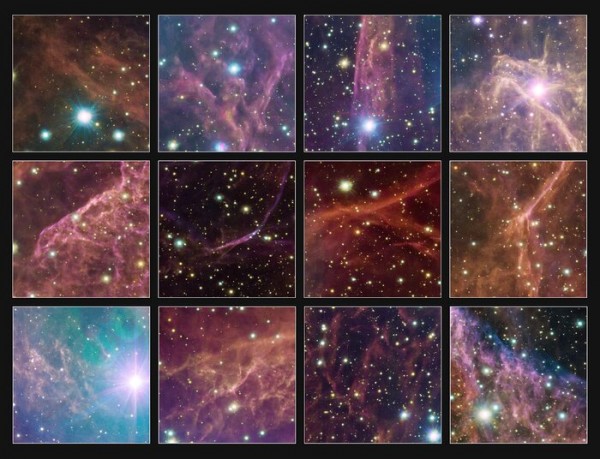
Astrobotic's Peregrine lunar lander encountered bo...
news-extra-space

 Nine full Moons might fit inside this incredible image, and the entire cloud where the remnant is located is even bigger. One of the closest supernova leftovers, this one is only 800 light-years distant from Earth.
The progenitor star's outer layers were thrown into the surrounding gas during the explosion, creating the filaments that are visible in the photo. Inside the neutron star, which is all that is left of the supernova, protons and electrons are compressed into neutrons.
The upper left corner of the image contains a neutron star that is part of the Vela remnant. It is a pulsar that rotates astonishingly quickly—more than ten times per second—on its own axis.
Nine full Moons might fit inside this incredible image, and the entire cloud where the remnant is located is even bigger. One of the closest supernova leftovers, this one is only 800 light-years distant from Earth.
The progenitor star's outer layers were thrown into the surrounding gas during the explosion, creating the filaments that are visible in the photo. Inside the neutron star, which is all that is left of the supernova, protons and electrons are compressed into neutrons.
The upper left corner of the image contains a neutron star that is part of the Vela remnant. It is a pulsar that rotates astonishingly quickly—more than ten times per second—on its own axis.
 Also read: Kleopatra Asteroid's Dog Bone Shape Discovered by Very Large Telescope in Most Detailed Images Ever Captured by ESO
The wide-field camera OmegaCAM at the VLT Survey Telescope (VST), located at ESO's Paranal Observatory in Chile, was utilized to acquire a mosaic of observations that led to the creation of this spectacular image.
The VST, one of the biggest telescopes for viewing the night sky in visible light, is owned by the National Institute for Astrophysics (INAF) of Italy.
The Southern Galactic Plane and Bulge VST Photometric H Survey (VPHAS+) is one such investigation, and this image serves as an illustration.
Since this survey began charting a substantial portion of our galaxy more than seven years ago, astronomers have gained a clearer understanding of how stars are created, grow, and eventually die.
Also read: Kleopatra Asteroid's Dog Bone Shape Discovered by Very Large Telescope in Most Detailed Images Ever Captured by ESO
The wide-field camera OmegaCAM at the VLT Survey Telescope (VST), located at ESO's Paranal Observatory in Chile, was utilized to acquire a mosaic of observations that led to the creation of this spectacular image.
The VST, one of the biggest telescopes for viewing the night sky in visible light, is owned by the National Institute for Astrophysics (INAF) of Italy.
The Southern Galactic Plane and Bulge VST Photometric H Survey (VPHAS+) is one such investigation, and this image serves as an illustration.
Since this survey began charting a substantial portion of our galaxy more than seven years ago, astronomers have gained a clearer understanding of how stars are created, grow, and eventually die.
Leave a Reply






